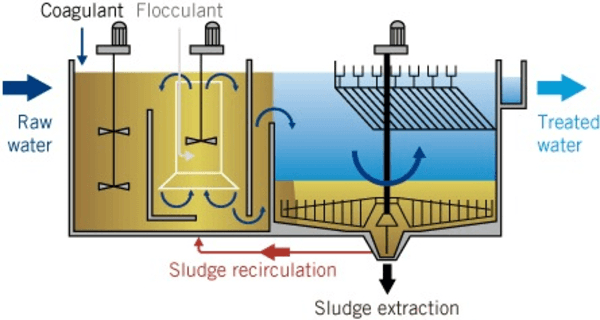Services
Benefit from our environmental services and work towards a sustainable society, creating a green, clean and safe world for future generations.
Training
If you need to expand your career opportunities and personal development, join our training programs. Professional and flexible training programs to suit all learning needs from technical to management.
Equipment
Environmentally friendly solutions, from wastewater treatment systems, recycling technology, to energy-saving devices. These products not only meet strict environmental standards market but also supports businesses and organizations to increase operational efficiency.
Technology
Environmentally friendly solutions, from wastewater treatment systems, recycling technology, to energy-saving devices. These products not only meet strict environmental standards market but also supports businesses and organizations to increase operational efficiency.
Institute
The Institute for Community Environmental Technology is a pioneering organization in research and development of green technology, with the goal of improving environmental quality and enhancing the quality of life for the community. We focus on developing sustainable solutions, from waste recycling to renewable energy, that help reduce our environmental impact and promote a green future. With a team of leading experts and modern equipment, the Institute is committed to creating meaningful scientific and technical innovations, contributing to the sustainable development of the community and society.
Department
The Institute of Community Environmental Technology wishes to cooperate with international organizations, bringing many benefits, from sharing knowledge and experience to creating effective solutions for challenges. By collaborating with international organizations and individuals, the institute can broaden its horizons, strengthen its research and development capabilities, and promote global progress. in the field of environment.
Center
The Institute of Community Environmental Technology wishes to cooperate with international organizations, bringing many benefits, from sharing knowledge and experience to creating effective solutions for challenges. By collaborating with international organizations and individuals, the institute can broaden its horizons, strengthen its research and development capabilities, and promote global progress. in the field of environment.
International
The Institute of Community Environmental Technology wishes to cooperate with international organizations, bringing many benefits, from sharing knowledge and experience to creating effective solutions for challenges. By collaborating with international organizations and individuals, the institute can broaden its horizons, strengthen its research and development capabilities, and promote global progress. in the field of environment.




